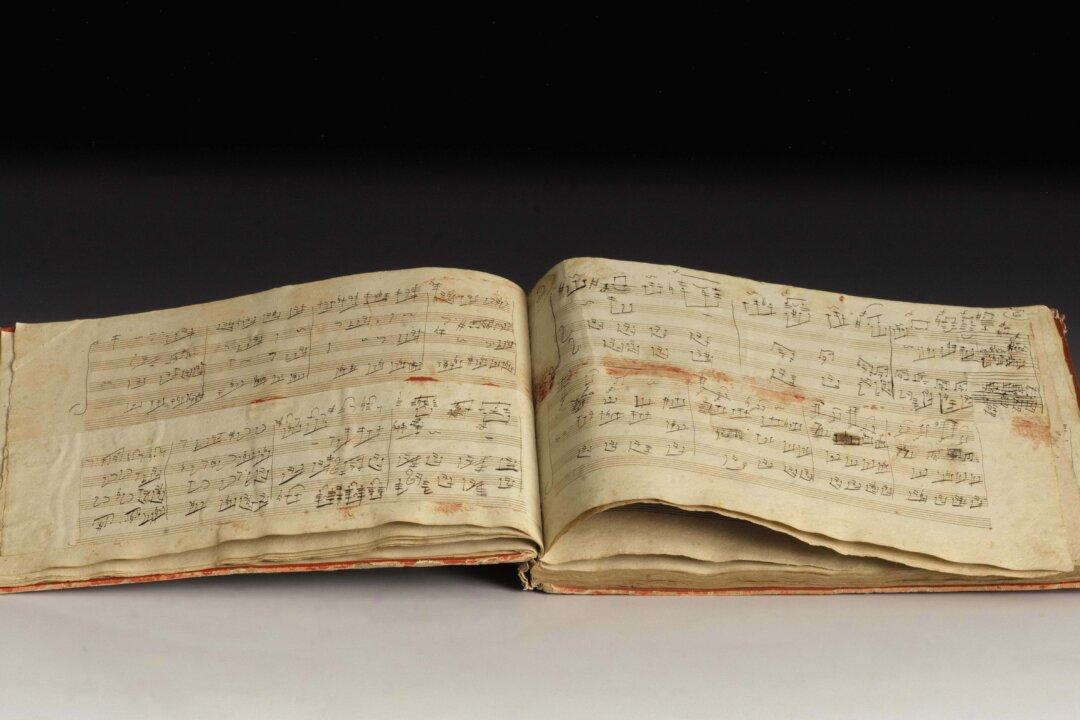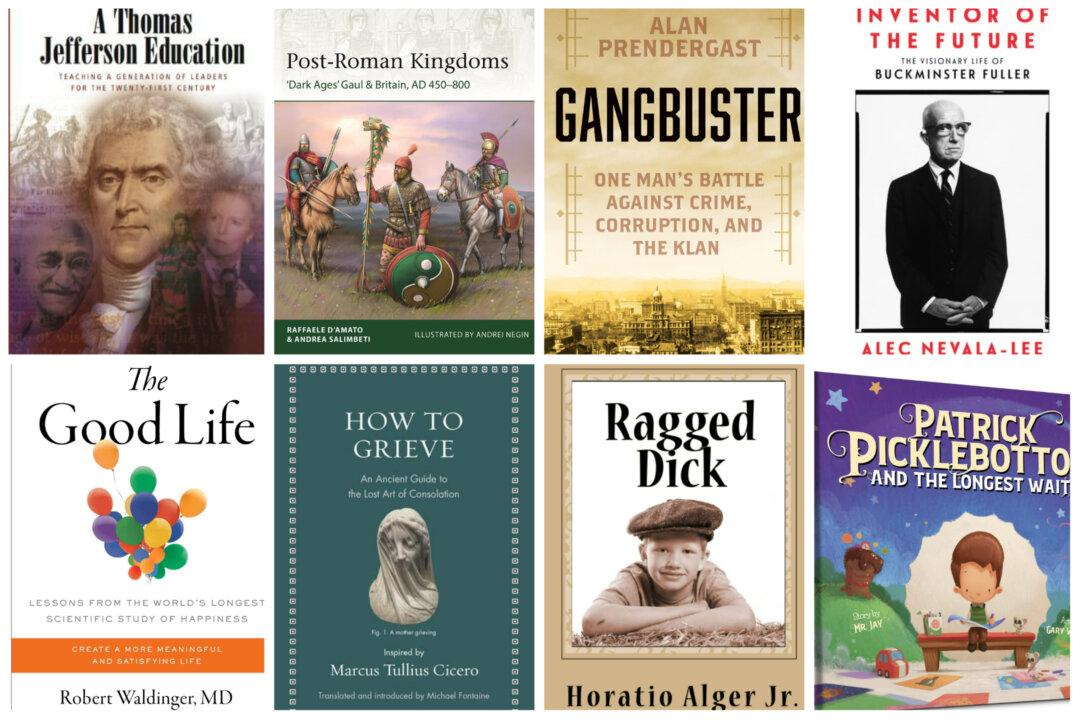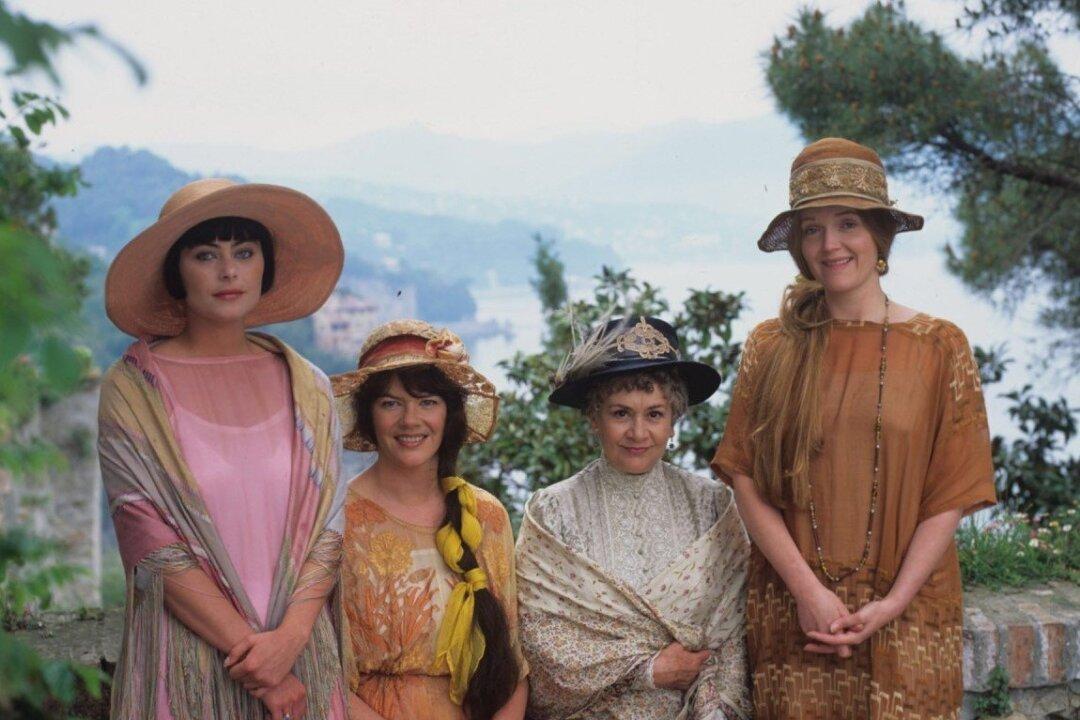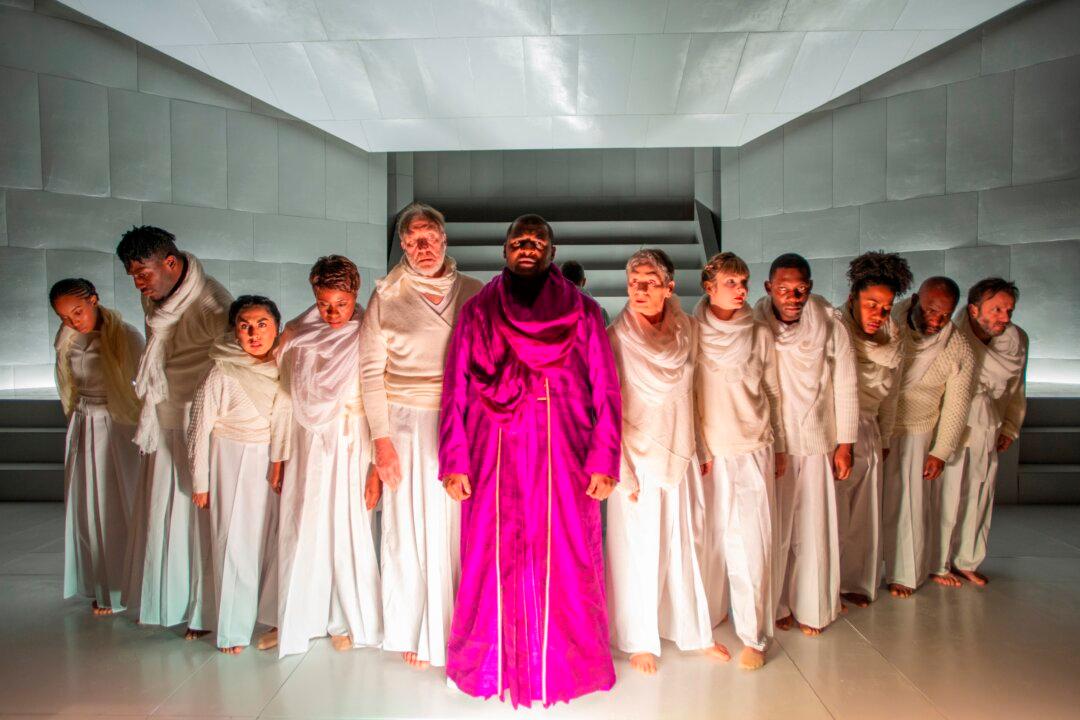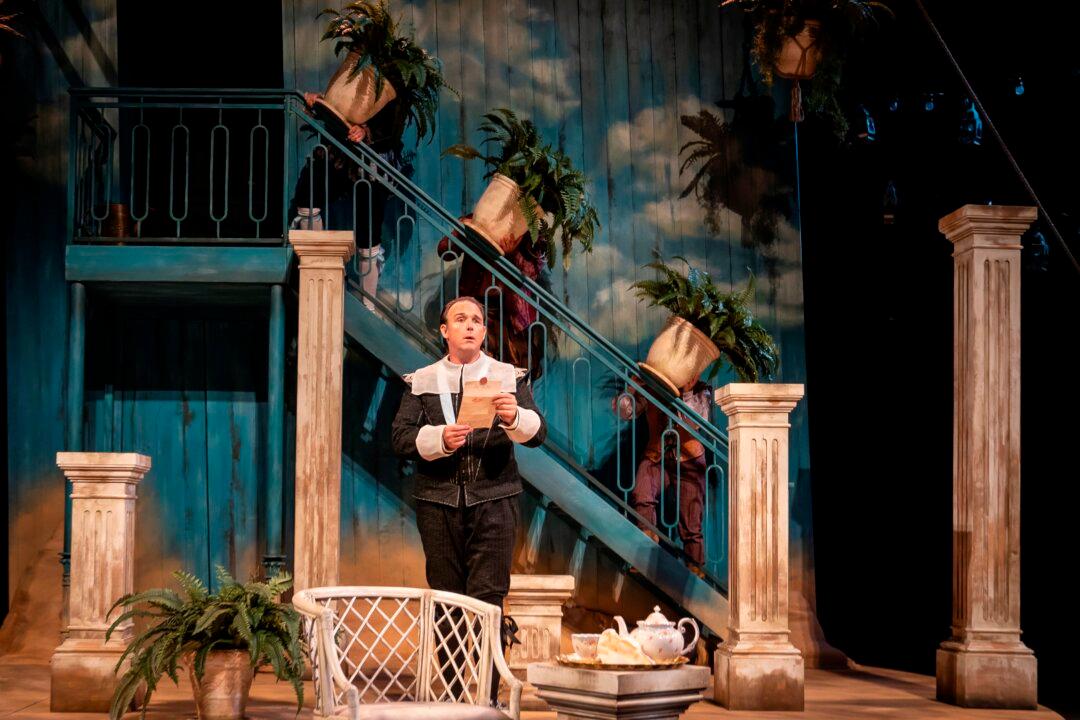When Susan Woodard, professor emeritus of music, was just beginning her teaching career, she heard a colleague declare, “Students today come to college to learn how to make a living, not to learn how to make a life.” The statement resonated deeply with Woodard: “Were students no longer interested in living a good life?” she wondered.
In answer, Woodard spent much of her 47-year teaching career, mostly at Lawrence University in Wisconsin and Washington and Jefferson College in Pennsylvania, trying to awaken students to a good life, a morally virtuous life that would foster genuine awe and curiosity for the world and enable active and meaningful engagement with others. Such a life would entail a search for truth and beauty.

